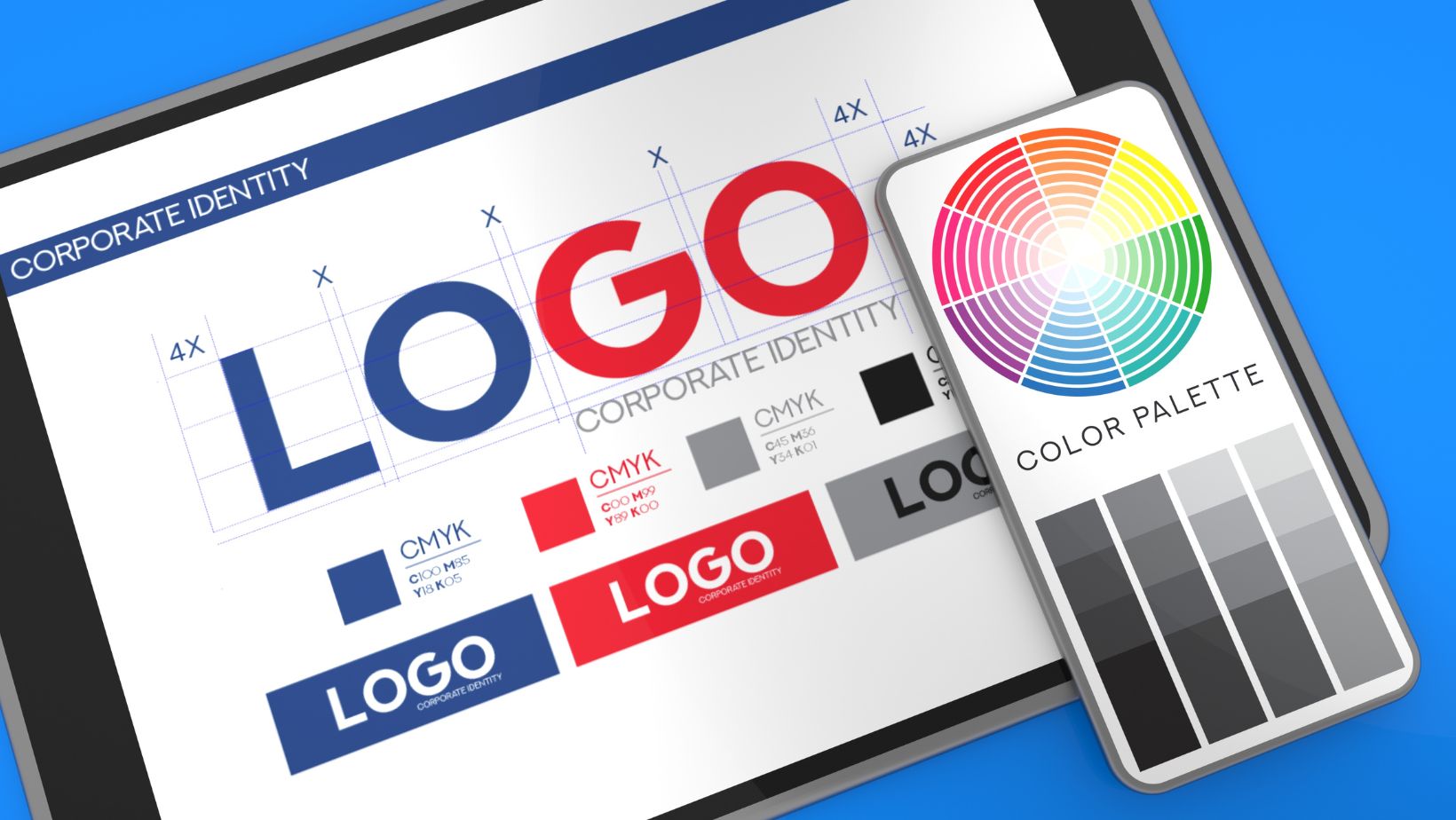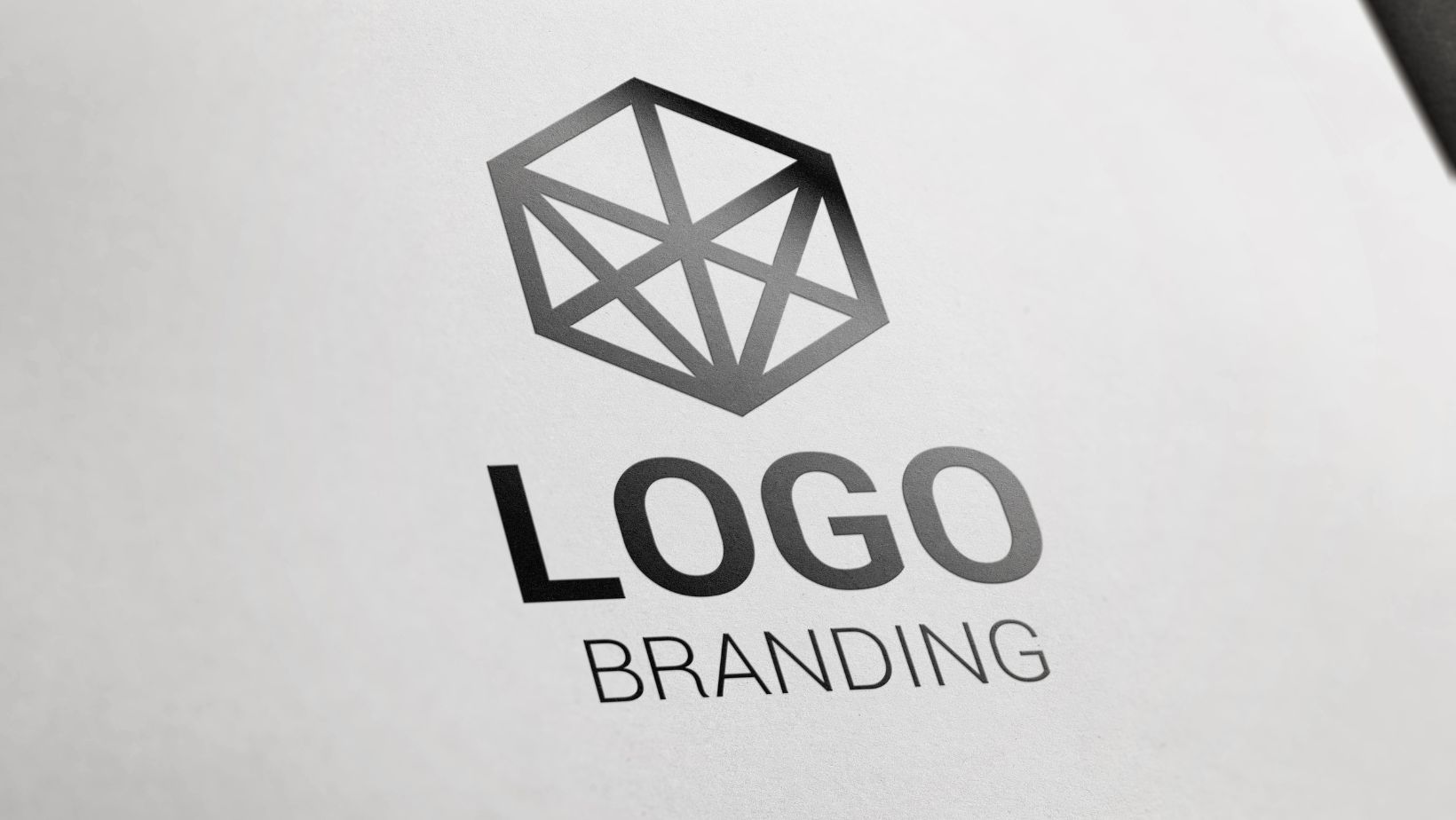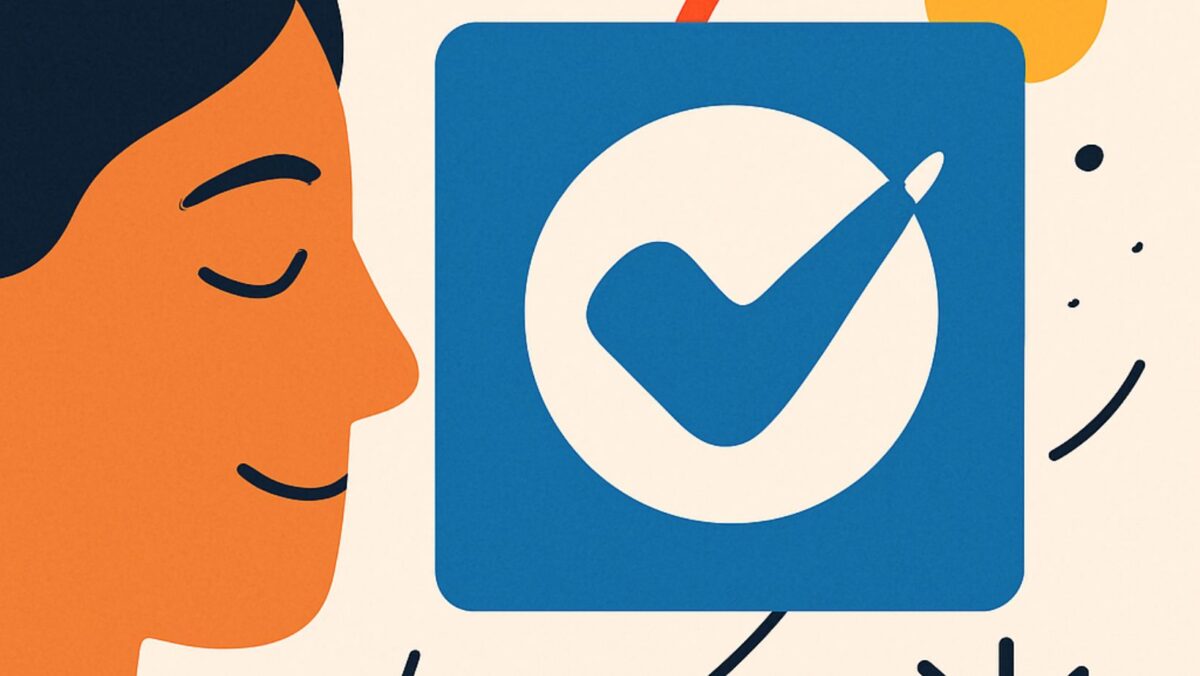Not every logo tells a story. But the good ones do. Or at least, they start one. You see a curve, a color, a symbol—and something clicks. It’s quick, even quiet, but it stays. That’s the thing with strong visual identity: it doesn’t shout. It stays with you.
Why We Feel Before We Think
Before we read anything, we recognize shapes. Our brains are wired for patterns, not paragraphs. This is why a child can “know” a logo on a cereal box before they know a single letter. And why we often trust a brand based on look alone.
Designers, whether they admit it or not, are behaviorists. They use shape, contrast, spacing—not just to impress, but to suggest, gently, where to look, what to feel, even what to believe.
And this isn’t just about branding. Smart digital platforms do the same. Think of the design logic behind https://valorbet.bet/valorbet-aviator/: clean interface, motion that tells you what’s happening without extra text, and visual cues that speak faster than instructions ever could. The design is part of the experience—quietly making decisions easier.
From PNG to Personality
He used to have one location to occupy. A store front. A newspaper advertisement. A business card? Now? They drift. Quickly. In different apps, thumbnails, digital menus, and social feeds, they all need a different but consistent iteration of the same personality.
This is where the real work starts. While a good PNG file is small, it holds the DNA of your brand. It may be starting to sound technical, but choices like a clear background, sharp lines, and tidy contrast affect how we recognize things.
Trends are less important than whether it is legible. A legible mark doesn’t try to do everything. It’s clear what it is.
Websites such as FreeLogoPNG are not so much “stock” photo repositories as they are silent rooms where individuals begin to construct their visual identities.
Designing Something That Doesn’t Age Out
A trendy logo might win likes this year and feel awkward the next. But the ones that last? They’re usually simple. Not basic—just honest.
FedEx hides an arrow. Amazon smiles. Nike… just moves. These aren’t visual tricks. They’re confidence made visible.
And that’s what makes a logo work long-term. It doesn’t try too hard. It lands, without explanation.
If you’re building something—whether it’s a brand, a website, or a single downloadable icon—ask yourself:
- Can this symbol grow with us?
- Will it still make sense in five years?
- Does it actually feel like us, or just what we think people want to see?
Good design doesn’t pretend. It reflects.
A Closing Thought, Not a Conclusion
A logo isn’t the story. It’s the spark. The first impression, the quiet hello, the invitation to look closer.
The best ones? You don’t just see them. You feel like you’ve always known them. And that’s no accident.

